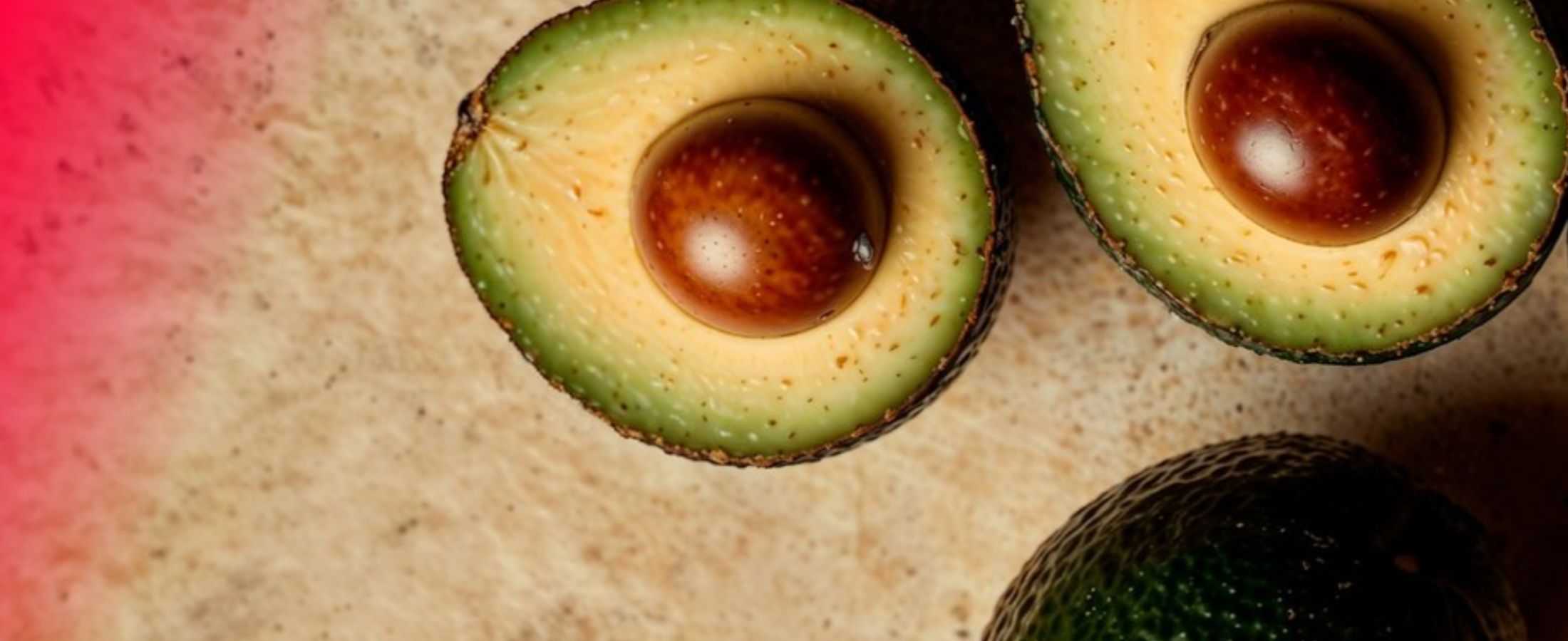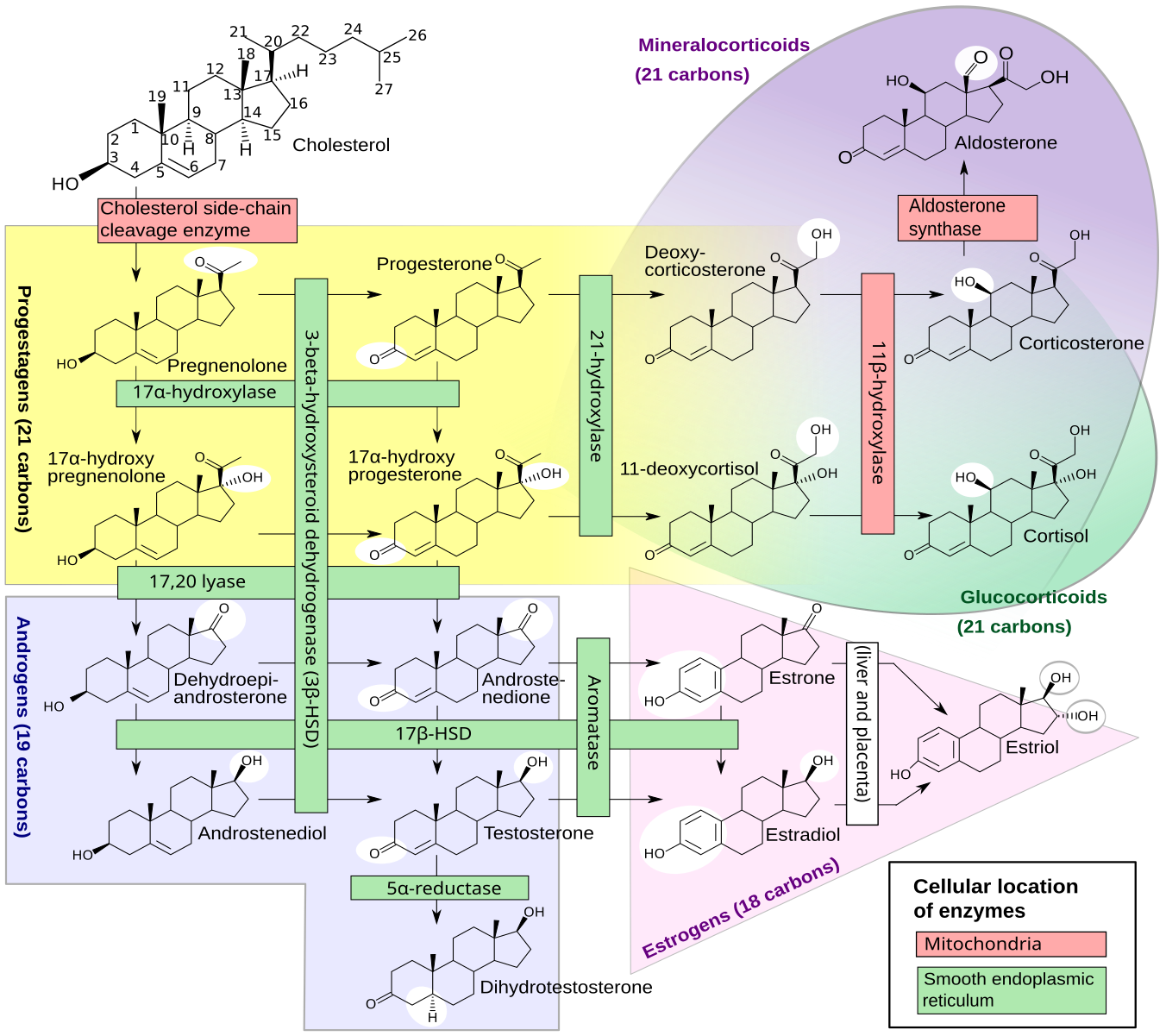
Like the other nutrients, fats are made up of carbon, hydrogen, and oxygen. However, their hydrogen-to-oxygen ratio does not match that of water, which is why water and fat do not mix but repel each other. Specific fats can also contain nitrogen and/or phosphorus.
This post is part of a series covering the main nutrients in our food. We’re going to look at what carbs, proteins, fats, fiber, minerals, and vitamins do in our bodies and, thus, understand why we need them. This post is dedicated to fats, also called lipids.
Fatty acids
Triglycerides are the building blocks of fats, and they, in turn, are made of glycerol and fatty acids. These fatty acids can be saturated, usually the more solid fats, or unsaturated, generally the more liquid fats. Within the group of unsaturated fats, there are different degrees of unsaturation: monounsaturated fats are less unsaturated than polyunsaturated fats.
Within the group of polyunsaturated fats, we have a bunch of very important fats: the essential ones. Our body can’t make them on its own, so we need to eat them. They are the Omega-6s and Omega-3s.
Omega-6
- Linoleic acid
- Arachidonic acid
- Gamma-linolenic acid
These are very easy to get in our diet. Vegetable oils, for example, are very rich in them.
Omega-3
- Alpha-linolenic acid
- Eicosapentaenoic acid
- Docosahexaenoic acid
These are not so easy to get in sufficient amounts. They are found in plankton and fish, a bit in nuts and seeds, and flax seeds have a good amount of them. However, the omegas we get from fish are easier for the body to use. The plant-based omega-3s first need to be converted into a different form. Thus, before the body can use them, it first needs to invest some energy into altering them.
It’s all about balance
With the omegas, it is important to get them in the right proportion to each other. This should be about 5:1 or 4:1, with the omega-6s being the ones taken in higher amounts.
Why do we need fat?
Fats can also be used to generate energy. When fat is stored in our bodies, it can be seen as stored energy. One gram of fat delivers about 9 calories of energy, which is about twice the amount delivered by carbs and proteins.
Cell fluidity
Fats, especially phospholipids and cholesterol, play an important role in our cell membranes, influencing the flow of substances between the cell and its environment: cell fluidity. This means they can influence how well a cell takes up nutrients, like magnesium, which is crucial for energy production. Lipids also influence cellular communication.
Insulating nerves, skin, and organs
Fats form an insulating layer around our nerve cells, without which our nerves would not function. Additionally, our skin has an insulating layer composed of fats, which reduces heat loss through the skin. Important organs are protected by fats, providing a cushion effect that mitigates shocks, preventing damage and injury.
Hormones and neurotransmitters
Fat, mainly in the form of cholesterol, is needed to synthesize steroid hormones like estrogen and testosterone. While they are not directly involved in the creation of neurotransmitters, fats can improve their functioning and influence production amounts. The essential fatty acids are needed to generate hormone-like substances, such as prostaglandins, which regulate inflammation and blood flow, among other things.

The above diagram shows the importance of Cholesterol for our sex hormones. Cholesterol is the building block for progesterone, testosterone, estrogen and also aldosterone and cortisol.
Transporting vitamins
Fat-soluble vitamins (A, D, E, and K) need fat to be absorbed and transported in the body. Fats are also involved in the functioning of our immune system.
Your brain is very fat
Did you know that our brain is composed of close to 60% fat? Essential fatty acids, especially omega-3s, are very important for keeping our brains healthy. They support our memory and even influence our moods.
You really need fat!
Because fats are so important for the functioning of our cells—the building blocks of our human body—not having enough fats, the right fats, or the correct omega ratio can cause many unpleasant symptoms, from eczema to cardiovascular issues to depression and poor wound healing. Not eating fat at all is, of course, also disastrous for your brain.
How to use fats in your diet
Polyunsaturated fats are especially prone to damage by heat. That is why not all oils are suitable for high-temperature cooking. When using oil, check its smoking point. This is the temperature at which the oil becomes “damaged,” meaning it starts forming substances our body cannot break down and eliminate. These substances are essentially toxins for our bodies.
Also, pay attention to what you buy. Oils are processed products, and some processing methods generate what we call “trans fatty acids.” These cannot be broken down by our bodies and thus become toxins in our system. Hydrogenation, often used to create margarine, is one such method that generates trans fats. Even without overheating them, these fatty foods are toxic for your body.
Which foods contain healthy fats?
Nuts and seeds generally contain a good amount of healthy fats. Flax, walnuts, and pumpkin seeds contain some omega-3s. Avocado is a good source, and fatty fish contain large amounts of omega-3s. Fish oil or flaxseed oil can also be used as a supplement to get these essential fatty acids.
Olive oil, rapeseed oil, and coconut oil are good options for cooking. Coconut oil is quite heat-resistant, while the other two should be used with lower heat. Meat and dairy products also contain fat but are best consumed in moderation.
Fatty foods and health issues
Many of the most delicious products on the market are really high in fat—often unhealthy fats—and/or are fried. The intense heat of frying can damage the polyunsaturated fats in food, making them toxic. Frying them in oils containing trans fats makes them doubly toxic.
Because the body cannot easily eliminate these substances, they accumulate and interfere with proper functioning. I know it is not always easy to resist French fries, muffins, and burgers—their marketing is often brilliant, and they taste so good! But it is really better for us to avoid them or at least eat them in moderation.
Obesity and fats
Since fats contain a lot of calories, consuming a lot of fatty foods means consuming more calories. If you eat more calories than you need, the body will store them as fat. It fat consumption really becomes excessive for a prolonged time, one can become obese.
More body fat increases inflammation in the body, which is found to be the culprit behind many diseases. Obesity is also associated with a multitude of health problems, like diabetes, cardiovascular issues, and PCOS. However, research also shows that diets high in sugars and processed carbs present an even bigger risk for these issues. When this type of diet is combined with high levels of fat, your risk for cradiovascular issues goes up drastically.
But remember, fat is not the enemy
To end this article on a positive note, let me mention once more that many fats are healthy and that our bodies need them. So please enjoy some avocados, nuts, seeds, fish, olive oil, and coconut oil on a weekly basis—they will do you good and keep your brain in shape!
References:
https://www.mdpi.com/2072-6643/16/23/4075
https://pubmed.ncbi.nlm.nih.gov/15727042
https://pmc.ncbi.nlm.nih.gov/articles/PMC10925457
https://pmc.ncbi.nlm.nih.gov/articles/PMC4763493
https://pubmed.ncbi.nlm.nih.gov/29046155